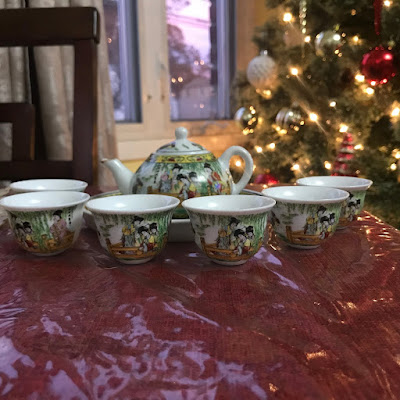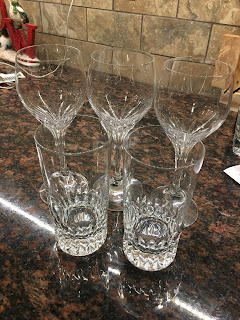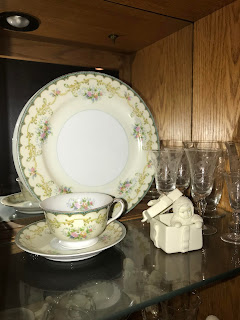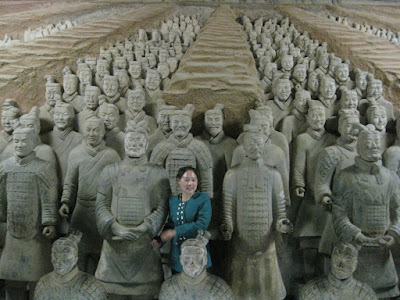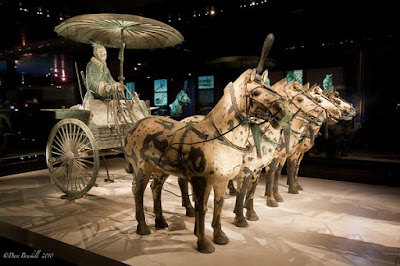"T he average height of this army ranges from 6 to 6.5 feet and they are standing in proper order of their roles. The soldier sculptures appear ready to go to the war and are all fully dressed with their weapons in hand. The generals are in the front, being the tallest, followed by acrobats, bowman and infantry soldiers. This site is breathtaking and is considered one of the wonders of the world. In total, there are over 8,000 soldiers, 130 chariots, 520 horses, and 150 cavalry horses. Much of the sculptures are still buried in the ground." taken from http://famouswonders.com/terracotta-warriors-in-xian/










